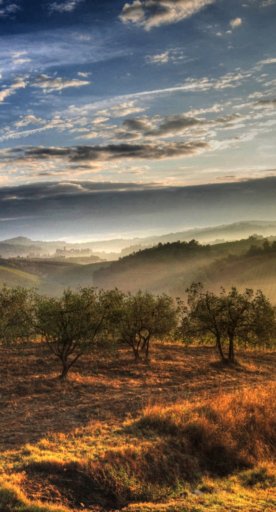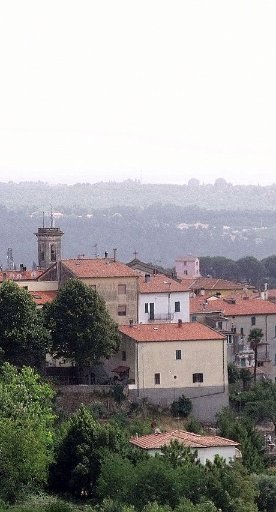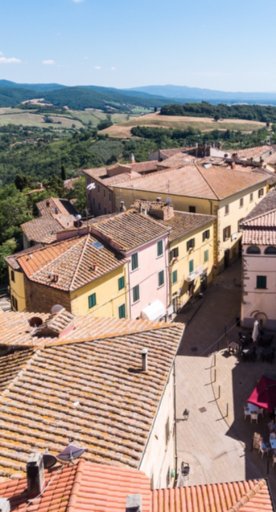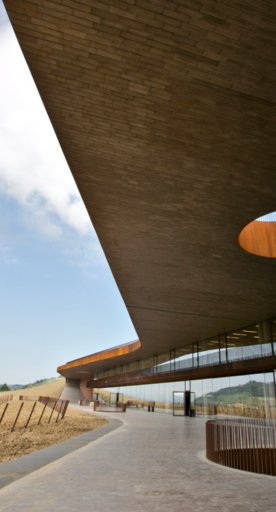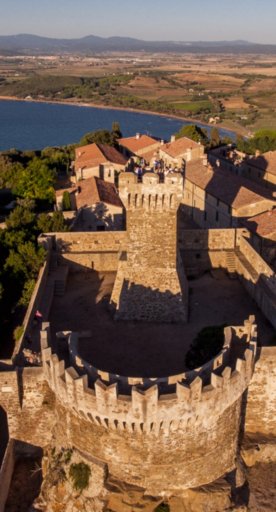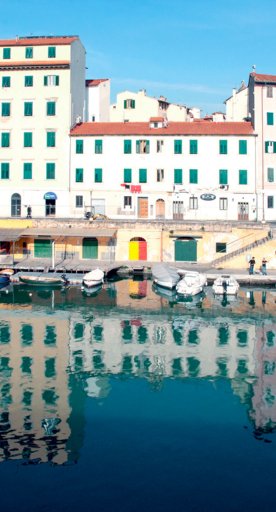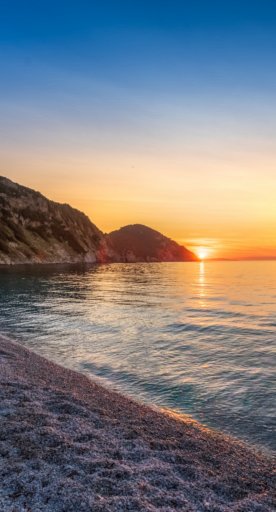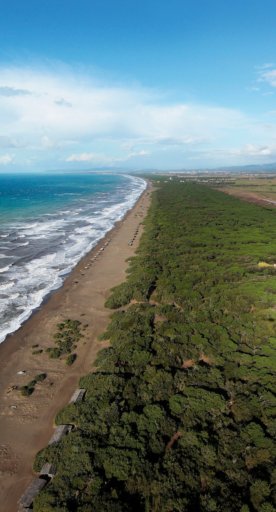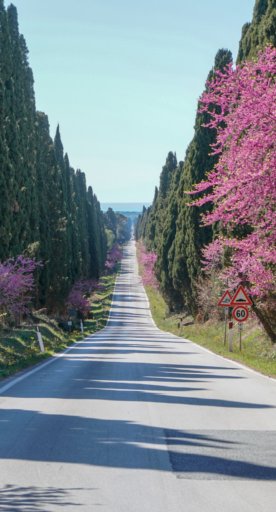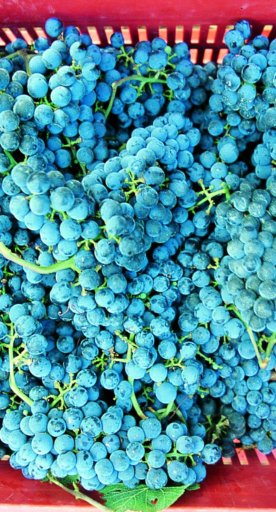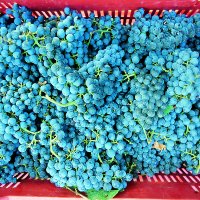
Campiglia Marittima: history, cuisine and thermal baths
From fine dining to full relaxation in Val di Cornia
The hills and valleys of this region are perfect for the cultivation of fruits and vegetables, and two of Tuscany's geographically classified vegetables, spinach and violet artichokes, are both grown here, as well as Val di Cornia cardoons, and watermelons. The hills are cultivated with olive groves and vineyards.
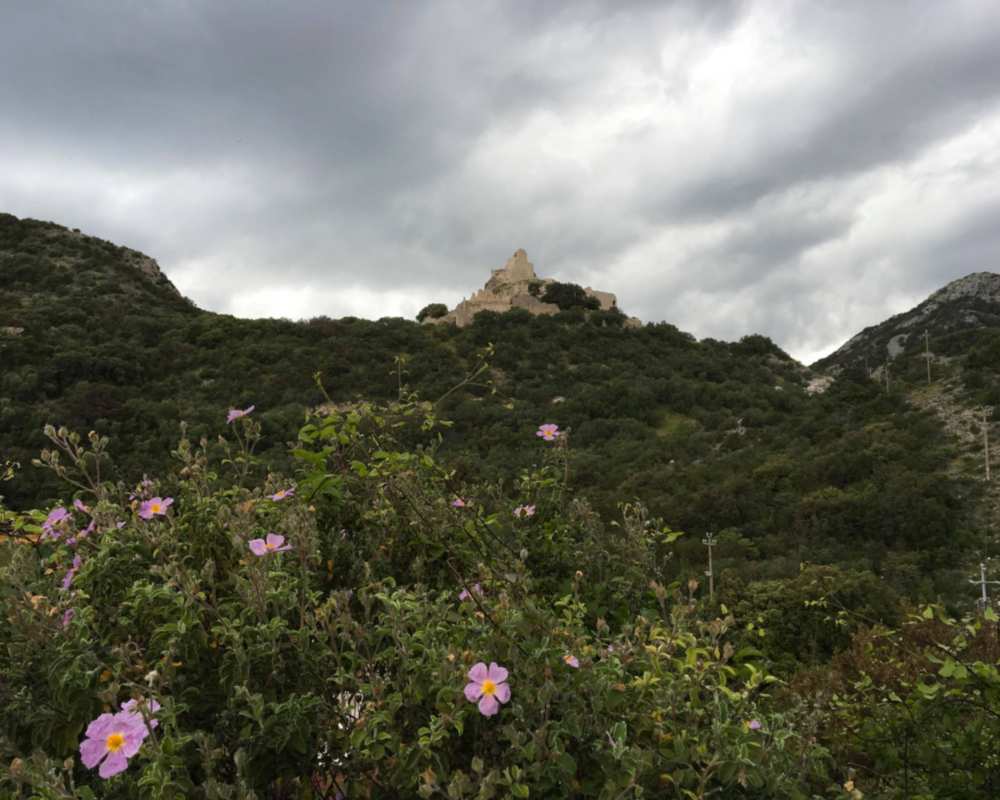
Campiglia Marittima is an historic hillside village built around the Gherardesca Castle which overlooks the entire valley. The surrounding landscape is a perfect backdrop to the Medieval castle, and the historic centre of the village is populated with aristocratic residences which date to Medicean times, some of which now provide suggestive settings for restaurants. Inside the Palazzo Pretorio you will find the Public Wine Store which holds all of the important labels of this area.
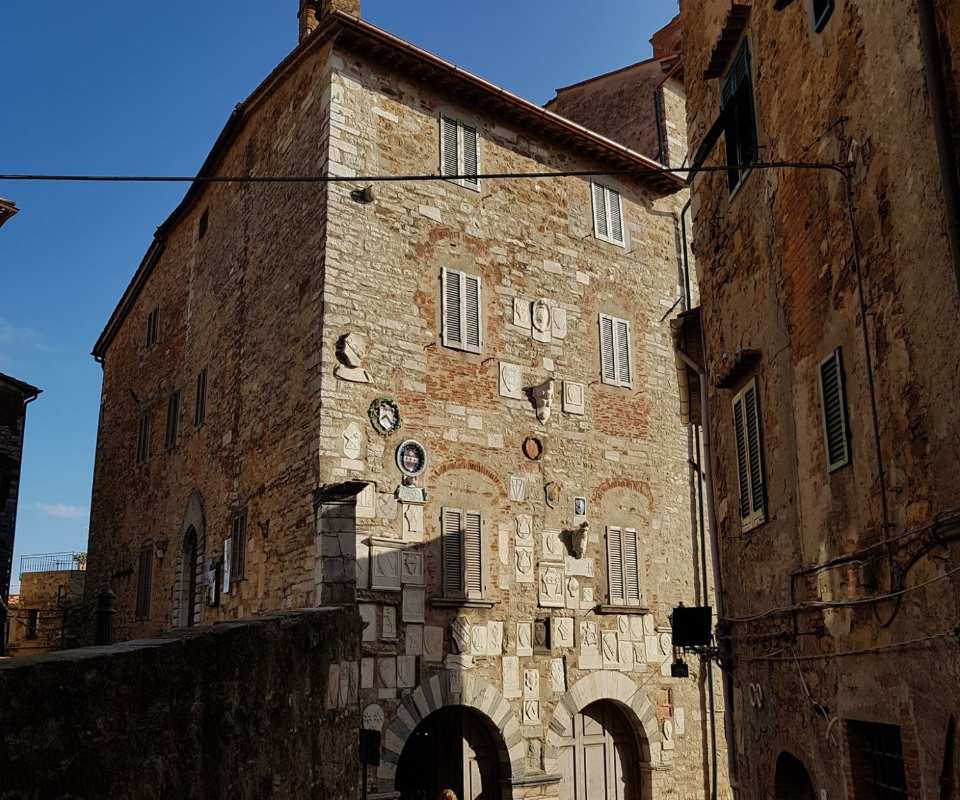
Val di Cornia DOC wine has become increasingly well-respected in recent years. Besides the more typical grape varieties like Sangiovese, Cabernet Sauvignon, Merlot, and Syrah, a visit to the local vineyards also offers the opportunity to taste less defuse white wine varieties like Vermentino, Clairette, Ansonica and Trebbiano. When it comes to dining, an alternative to the many traditional restaurants and osterie (a more informal kind of restaurant) widely found throughout the area is the agriturismo (accommodation in farmhouses).
For those who want to dine closer to the source of their meal, try one of the local agriturismi which offer meals created with produce grown on their own land: fruits and vegetables from their gardens and salames, cheeses and meats from their farms. Local specialties like rabbit, roast cockerel and Etruscan pheasant.
The archaeology lovers can visit the Mineral and Archeology Park of San Silvestro, near Campiglia, an outdoor museum spread out over 45 square kilometres. A series of guided tours offers insight to the history and archeology of mineral extraction and metallurgy in the area, from Antiquity to the 20th century. After immersing yourself in history, indulge in snack of schiaccia campigliese - a local sweet whose recipe goes back centuries and which today is honoured by a DOP classification. This crunchy, light yellow pastry is best tasted with a glass of Aleatico della Val di Cornia, a local dessert wine with a strong flavour which is only produced in limited quantities.
Every August the historic centre of Campiglia hosts "Apriti Borgo", a festival which celebrates street art and food and offers Medieval dinners and historic re-creations.
End your visit to this region at the thermal springs of Venturina. The waters here are rich in sulphates and alkali and have been a popular destination since Etruscan and Roman times. The temperatures reach 36°C and offer the perfect environment to relax and regenerate after a day of discoveries along the Etruscan Coast.



